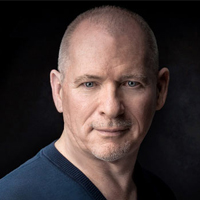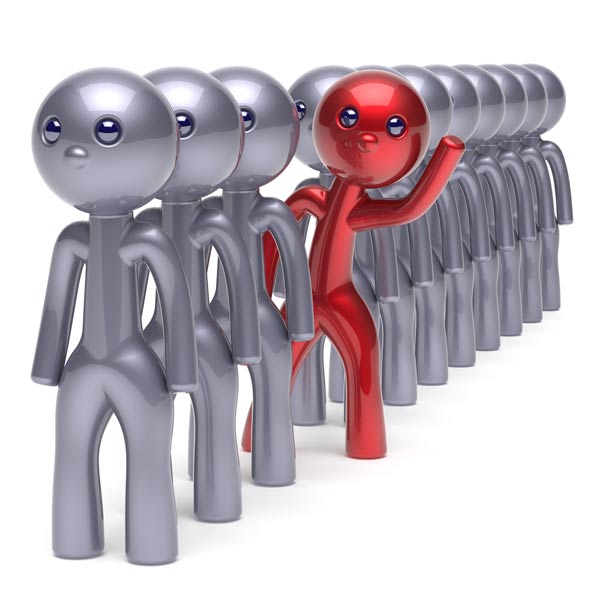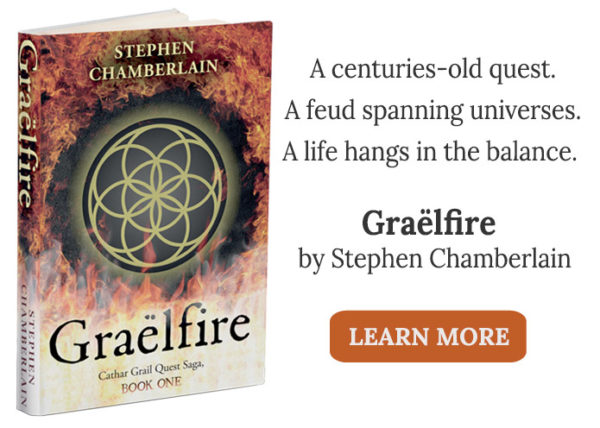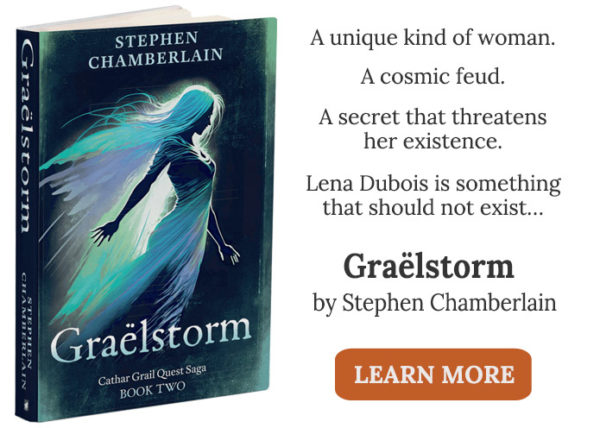“I imagine hell like this: Italian punctuality,
German humour and English wine.” ― Peter Ustinov
The world has four cardinal bearings: north, south, east and west. So powerful is their grip on our psyche that they convey more than direction. They give us a sense of place. They shape our myths and cultures.
I was born and bred in the North (my flat vowels are a giveaway). I don’t mean “north” somewhere like Northamptonshire, nor those North Midland counties of Derbyshire, Lincolnshire, or Nottinghamshire. My “North” is an expanse of England between the River Humber and Hadrian’s Wall in Northumberland. It’s a landscape of bleak Pennine mill towns, sweeping moors, and picturesque dales with limestone villages. When I was a lad, weather forecasts spoke of wintry showers in the north or gales in the north. The North was a place of coal, textiles, and mournful hill farms, where Lowry’s faceless matchstick men walked with bowed shoulders.
Stereotypes
Truth be told, ever since it marked the edge of the Roman world, the North has owed its image as much to imagination as its geography and climate. We know the clichés: It’s grim up North. It’s the land of coarse, plain-speaking Heathcliff types, with little airs and not much grace. Game of Thrones is the latest to conjure this essence of Northern-ness (even the surname Stark invokes brooding ruggedness).
But stereotypes are misleading, just as direction is relative and climate more symmetrical than clichés suggest (we have a cold Far South as well as a cold Far North). What’s more, nobody deserves to be pigeonholed. Personal identity is not fixed from birth. It’s a state of mind shaped by how you define yourself — how you connect and sense belonging. People are mobile; they live in a diversity of cultures. Where we call home can evolve over the course of our lives. Take me, for example. I was born in the West Riding of Yorkshire, but Switzerland is my home. I have a northern soul, but my North is a romanticised place forged from memories, imagination, and the emotions they stir. No plane or train can take me there, because it exists only in my head. To see it, I crank up Vaughn Williams’s “Fantasia on a Theme by Thomas Tallis” and let my mind’s eye do the rest.
Fiction teems with stereotypes because they are easy to write. Need a new character? Just pull out a cliché from central casting: the divorced detective who drinks too much; the hooker making ends meet as a single mum; or the brooding bad boy misunderstood by everyone. These cookie-cut clones often arise when writers base characters on archetypes.
Archetypes
There is a difference between archetypes and stereotypes. Archetypes are potent story-movers in mythic storytelling: the hero (Harry Potter, Luke Skywalker, Frodo Baggins), the villain (Voldemort, Darth Vader, Sauron), the sidekick (Ron Weasley, Chewbacca, Sam Gamgee) and the mentor (Dumbledore, Yoda, and Gandalf). There’s nothing wrong with basing characters on these archetypes. The problem comes when archetypal roles are populated with stereotypical characters: the prince charming, the utterly evil dark lord, the haughty elf, or the gold-loving dwarf. Often caricatured, these formulaic characters are easy to spot: they look alike, they think alike, and their attributes conform to the typical. Achetypes should be thought of as functions, not people … anvils on which writers should forge distinctive persona.
Stereotyping may be useful for sketching impressions of walk-on characters who make brief appearances. But just as I can spot an actor’s fake northern accent a mile off, a clichéd character can pull me clean out of a story. The key to suspension of disbelief is not hackneyed characters acting predictable scripts. Stories demand better than cardboard cutouts.
Individual Types
So, how do you avoid an archetype becoming a stereotype? How do you subvert clichés and create unique characters? The answer is through their point of view. Every person on the planet is an individual; even identical twins are never exactly alike. Fictional characters should be equally diverse. Though they inhabit a story, it is a world where they have roots, life experiences, memories, and emotions. These should breed contradictions and hang-ups, hopes and fears. And the place to explore this diversity is through their perspectives — how these factors influence the way they think, and how they see the world.
To understand what I mean, think of the 2003 reboot of the TV series, Battlestar Galactica. The original 1970s series cast Cylons in the archetypical villainous role. They were portrayed as look-alike chrome robots, each with the same monotone voice. No wonder humans stereotyped them as walking toasters. Compare the reimagined series that gave us an additional Cylon type: six cybernetic, human-looking androids. This makeover not only gave them individual traits — personalities and emotions, strengths and flaws — it gave them a point of view. In transcending the stereotype of the original series, the Cylons became more fully realized, and the saga gained depth and subtext.
Archetypes may be timeless story-movers, but they don’t have to be generic. They don’t have to think or behave like stereotypes.

Stephen Chamberlain is the author of the fantasy novel Graëlfire. He draws inspiration from the impact of landscape on myth, and the association of liminality with the supernatural and magic. Stephen lives in Switzerland.




Trackbacks/Pingbacks